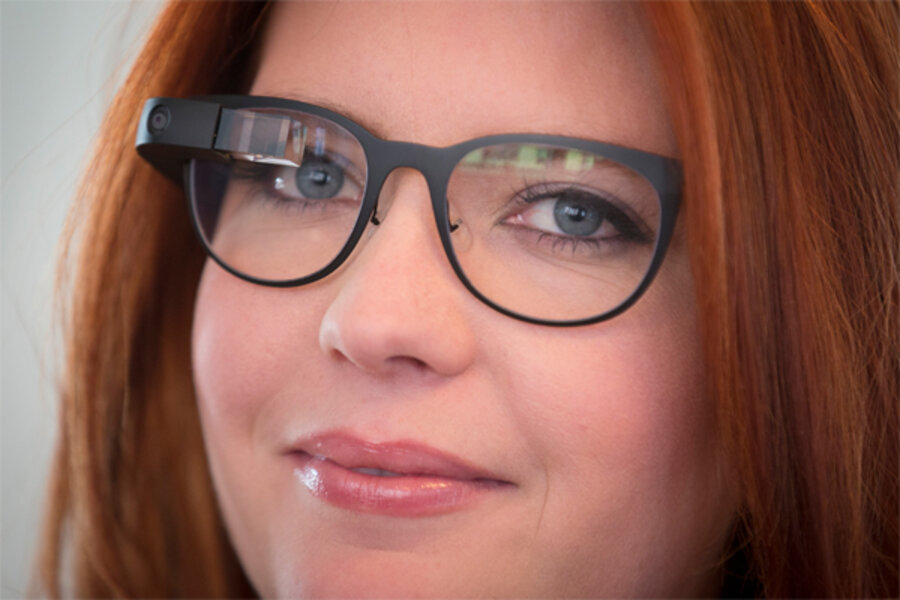Google Glass adds prescription lenses and stylish frames
Loading...
Google Glass has some impressive technical features, but a less-than-trendy look. Google is facing this “dork” factor head on by introducing customizable frames and prescription lenses -- two moves that bring Glass one step closer to mainstream appeal.
Google announced the new frames on the Google Glass Google Plus page Tuesday morning.
“Whether you wear prescription glasses or just want a new look, we’ve got four feather-light titanium frames designed just for you,” Google reps write. “And if you need prescription lenses and have vision insurance... your policy might even help cover your new frames.”
The four new frames range from the thick-rimmed, squarish “Bold” to the matte, round “Curve,” and come in four different subtle accent color options (though they are all outlined in a light gray). Google also announced three new sunglasses frames, designed by Hawaii-based Maui Jim, more oriented for an outdoors and active Google Glass-wearing crowd. These Glass-compatible shades are priced at $150 each.
The actual Google Glass hardware, positioned above the right eye, will remain the same. Glass wearers can switch out their frame using a small screw.
Aside from style, Google also included an update that normal-glasses wearers will appreciate: prescription lenses. Considering prescription glasses can be expensive, Google has teamed up with insurance company Vision Service Provider, the nation’s largest optical healthcare provider, who expanded its coverage to include Google Glass lenses. That won’t save Google Glass users too much money though -- insurance does not cover the $1,500 cost of the Glass hardware.
However, adding prescriptions has already landed Glass in murky legal waters. Local and federal authorities questioned an Ohio man after wearing Google Glass during a movie until he explained he had connected the frames to his prescription lenses and had turned the hardware off.
This isn’t the first time Glass has come into trouble with the law. Last year, a woman was ticketed for driving while wearing Google Glass. Though the ticket was dismissed in court, this could be a persistent problem, as many people need prescription glasses to drive.
At the same time, Google Glass developers say law enforcement and society at large just need to give the device some time to prove its worth. For example, apps such as Drive Safe Google Glass can detect when a driver is falling asleep.
Though Google Glass is still only open to a select group of Google “explorers” who have been selected to pre-purchase and test out the glasses in various settings, Google is aiming for a public release by the end of 2014.






